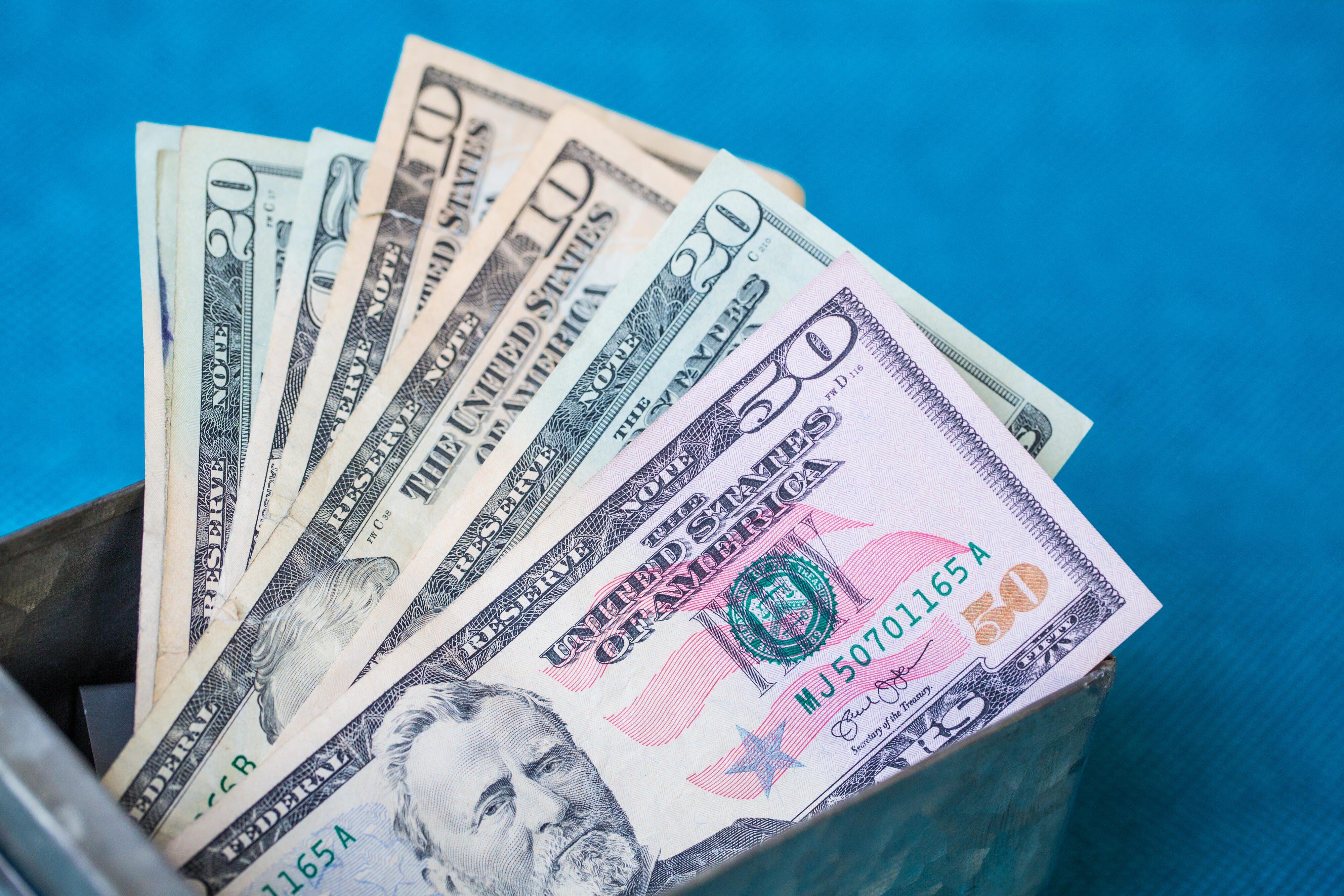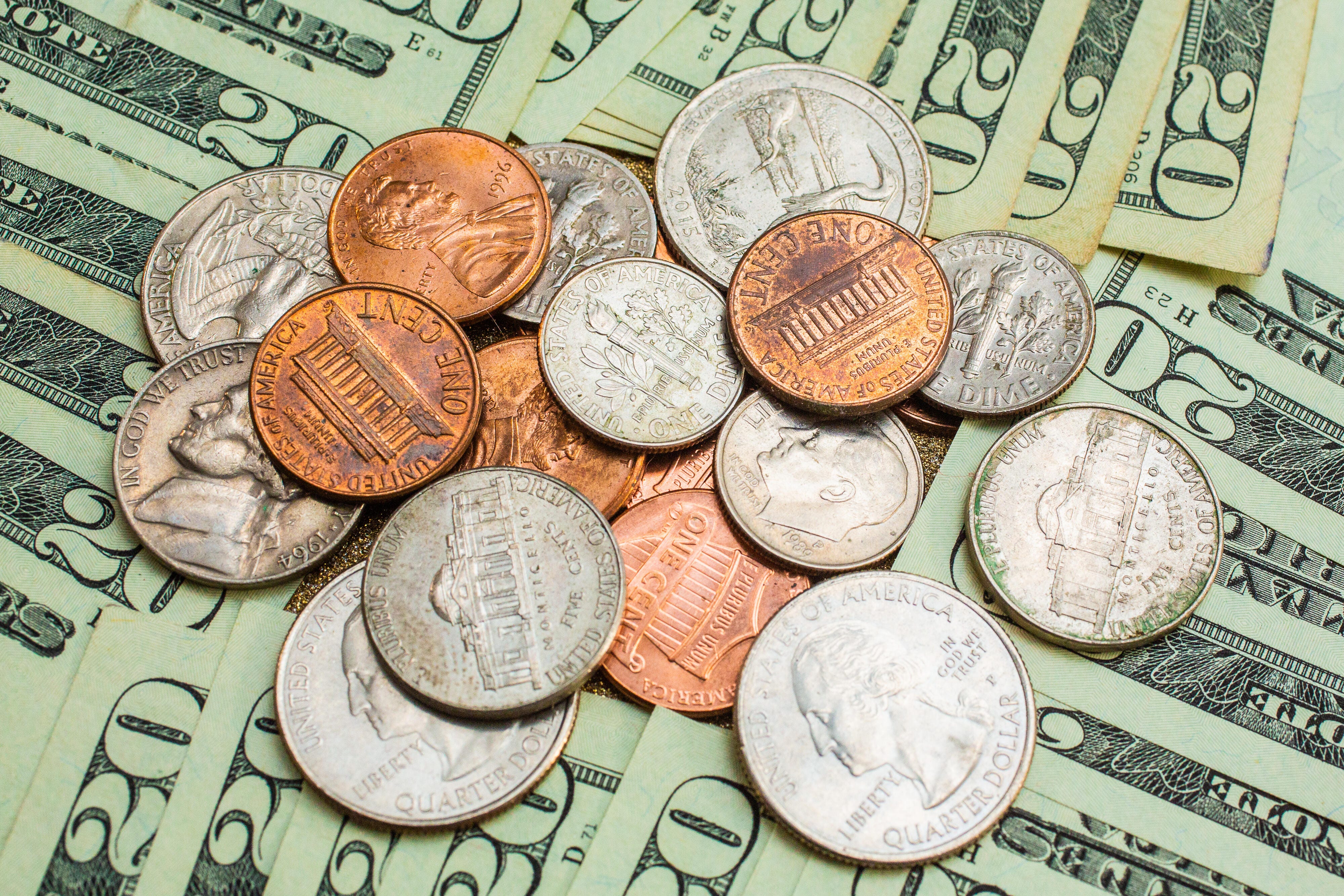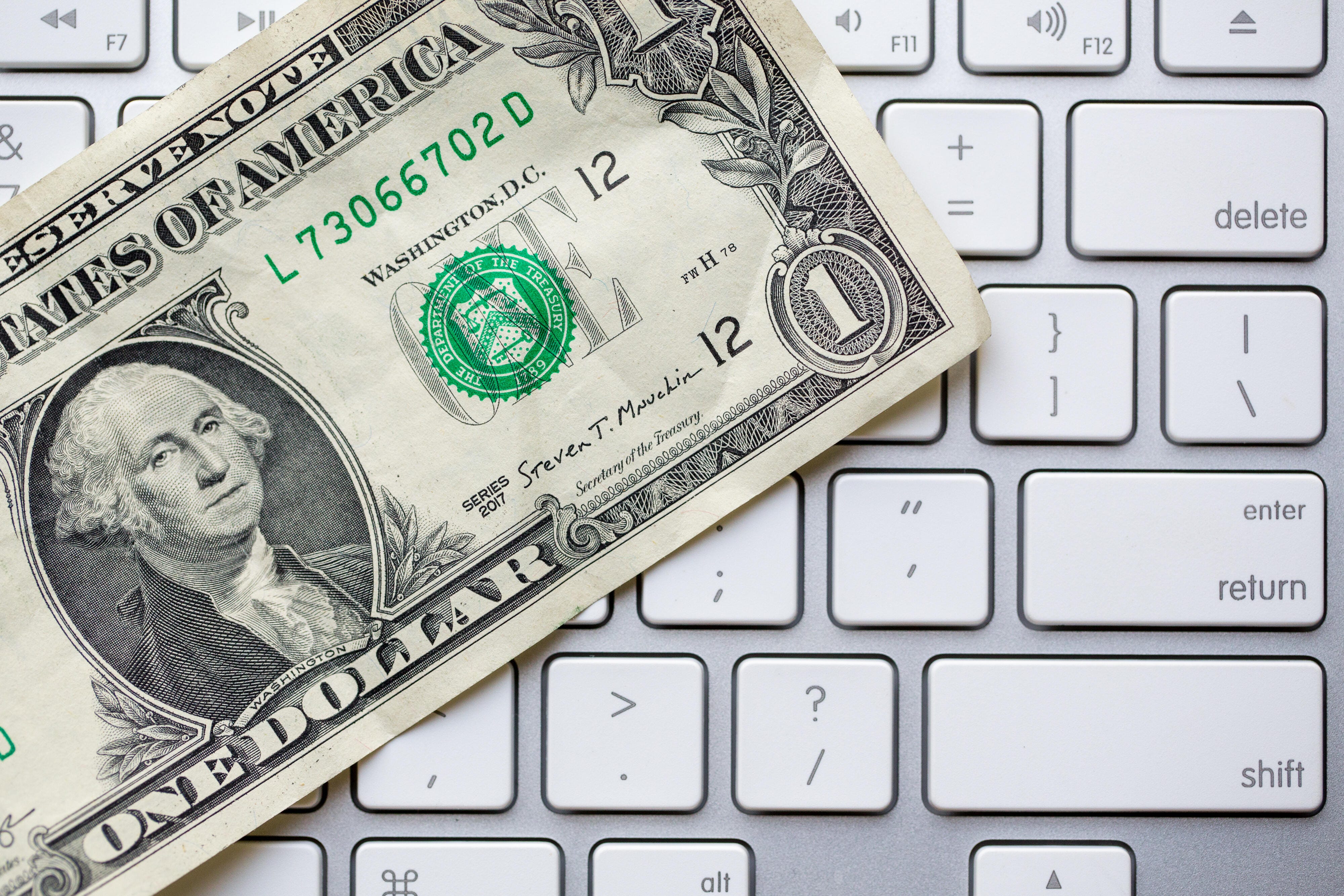

Stimulus checks for Social Security recipients are heading out from the IRS, including for those in the SSI and SSDI programs.
Angela Lang/CNETIf you receive SSDI or SSI benefits and you're still waiting for your third stimulus check to arrive, it should be on the way: The Social Security Administration said it should be coming as a direct deposit or a check in the mail. However, if you receive your benefits by direct deposit or on a Direct Express card, you should have already received your stimulus money -- the IRS began making those electronic payments April 7, one month ago.
For those waiting for a paper check, the IRS started sending those out on April 9 for people in the US and on April 23 for those without a US address. (You can track your stimulus check here.) If you qualify for retired railroad worker benefits, your stimulus payments for up to $1,400 should be arriving soon, too. And if you're eligible for benefits through the Department of Veterans Affairs, the IRS said those payments started going out on April 14.
We'll explain the payment details for each group below, and why you might need to file a 2020 tax return to get stimulus money for your dependents. If you stopped or started receiving SSI or SSDI in 2019 or 2020, or are missing money from the first two stimulus checks in 2020, you may need to request a payment trace. While you're here, check out how you may be able to save up to $50,000 this year thanks to new stimulus rules. (If you have kids, read up on eligibility for the new child tax credit, including if your child is a qualified dependent -- the child tax credit could deliver up to $3,600 per child.) This story is updated frequently.
I receive Social Security benefits. What's happening with my third check?
If you receive Social Security SSI or SSDI benefits, your check should have arrived or be on the way by now. Here are the details:
When will the third payment arrive for SSI, SSDI beneficiaries and veterans?
Federal beneficiaries who file a 2019 or 2020 tax return or used the Non-Filers tool in 2020 may have already received a stimulus payment, or could get one in a future batch of checks being sent out by the government.
For most everyone else, payments started going out on April 7 by direct deposit or on your Direct Express card. For those receiving payments through the mail, those checks began on April 9. If you have a foreign address and don't typically file a tax return, electronic payments went out around April 21 and paper checks on April 23. Veterans who don't file taxes ordinarily should have received their payment on April 14.
The IRS and Treasury will use the information it has on file to automatically send you a check (even if you didn't file a return). People who have already filed a 2020 tax return this year to claim missing stimulus money may find that the IRS will use this information instead of your 2019 details if it has processed your latest return (here's how to see).
Some people may need to file a 2020 tax return, even if they don't usually file, so the IRS has all the information needed to send payments to cover eligible dependents.
What should I do if haven't received my stimulus check yet?
If there's a problem with your stimulus check, the SSA and VA refer you back to the IRS. However, the IRS doesn't want you to call if you have an issue with your payment, and points out repeatedly on its FAQ pages that phone staff don't have additional information beyond what's available to you in the IRS tracking tool. So, what then?
Depending on the situation, there may be a few self-service options if you run into stimulus check trouble or are looking for an explanation of what's holding up your check. Otherwise, you may need to request a payment trace with the IRS, but there are specific timing rules for that.

The rules surrounding the third stimulus check can get confusing fast.
Sarah Tew/CNETHow will my stimulus check arrive?
If you didn't submit a 2019 or 2020 tax return or used the Non-Filers tool in 2020 and you receive your monthly Social Security benefits by Direct Express card, it's likely your third payment will be added to your Direct Express card, according to the Social Security Administration and this informational PDF from Direct Express. Note that you'll receive one free withdrawal in addition to your usual free monthly withdrawal for monthly benefits.
For the first two 2020 stimulus payments, most SSI and SSDI recipients received them through a non-Direct Express bank account or as a paper check if they didn't have current bank account information on file with the IRS. The IRS said SSI and SSDI recipients should have gotten their latest round of stimulus money the same way they received their earlier payments, including Direct Express for some. (Here's how to claim missing stimulus money from the first rounds.)
Can I still sign up for a Direct Express account? What if I had closed mine down?
You can sign up for a new Direct Express account at any time to receive monthly federal benefits electronically, but if you don't currently have an account, you'll receive your third stimulus check a different way, likely by mail.
If you closed your Direct Express account or there's an error sending money to an inactive account, the payment will be returned to the IRS, which will reissue the stimulus money another way -- probably via mail sent to your last known address. If you moved, make sure to inform the IRS and USPS of your new address.
To contact Direct Express to enroll in a new account for monthly benefits, call 1-800-333-1795, Monday through Friday from 6 a.m. to 4 p.m. PT (9 a.m. to 7 p.m. ET). Note that Direct Express representatives may not be able to answer stimulus check questions.

If you're missing stimulus money for yourself or your dependents, you'll need to claim it on your tax return.
Angela Lang/CNETWill I get the full $1,400 check? Could it be more or less stimulus money?
As part of President Joe Biden's American Rescue Plan, people who receive SSI and SSDI will once again automatically qualify to receive a third stimulus check, for up to $1,400, as they did for the first and second round of payments approved in March and December 2020.
In the first two rounds, those individuals were eligible so long as they had a Social Security number and weren't claimed as a dependent on someone else's tax return -- and so long as their household income didn't exceed the threshold ($75,000 single, $112,500 head of household, $150,000 married).
The most recent March stimulus package expands stimulus payment eligibility to dependents of all ages, including young adults ages 17 to 24 and older adult dependents. It also increases the amount set aside for those dependents to $1,400 each. Another change: This time around, the checks will be more "targeted" than in the first two rounds, meaning that single taxpayers who earn $75,000 or less per year will be eligible for the full amount, while those who earn more than $80,000 per year won't get any money. That means some families could get more money, while others will get less or none at all.
People receiving Railroad Retirement and VA benefits also automatically qualify for a payment, as they did in the first and second round of stimulus checks, the IRS said.
Could my third check arrive on an EIP debt card?
The IRS projects that 5 million stimulus payments will be made by Economic Impact Payment debit card, but checks going out to Social Security recipients won't take the form of an EIP card. According to the SSA support website: "The IRS does not plan to issue prepaid debit cards to beneficiaries for this third round of EIPs ... The Social Security Administration does not administer the EIP debit card program, and did not decide who received an EIP debit card instead of a paper check."
How can I make sure I get the full amount of stimulus money for each of my dependents?
The third stimulus check changes the rules and makes dependents of all ages eligible for up to $1,400 each toward the household's total payment. That includes older adult relatives and college-age children. However, some beneficiaries with dependents will need to file a 2020 tax return to receive the $1,400 per dependent, so that the IRS knows how many dependents you claim.
"People in this group should file a 2020 tax return to be considered for an additional payment for their dependent as quickly as possible," the IRS said in a March 22 press release.
There are ways you could get more money with the third check and things to know if you had a baby in 2020. There are also tax breaks for anyone caring for children and older adults, and details on whom the IRS counts as an adult to receive their own stimulus check.
For the first stimulus check approved under the CARES Act in March 2020, qualified people with dependents age 16 or younger were eligible for up to $500 per child dependent, but not everyone actually received that extra money. For the second stimulus check, as long as your children were 16 years old or younger, they contributed $600 toward the final total of your household's second stimulus check.
Someone else manages my federal benefits account. How can I make sure that I get my stimulus check?
If someone, also known as a representative payee, helps manage your Social Security benefits on your behalf, that person -- a relative, friend or someone appointed on behalf of an organization -- should discuss your benefits with you, the beneficiary. That's according to guidance from the Social Security Administration. So if you'd like to use your money, the person managing your account should provide you with the stimulus payment.
"Your Individual Representative Payee (PDF) should have received your EIP to the same direct deposit account or Direct Express card as your monthly Social Security or SSI payment," the SSA says on its site. "For an Organizational Representative Payee, the payee likely received the EIP electronically or by paper check in the mail."
The SSA says representative payees aren't required to account for the stimulus payment when they complete their annual accounting form, as it's not considered a Social Security benefit.

It isn't too late to claim missing stimulus money, but you have to file a tax return to do so.
Sarah Tew/CNETI live outside of the US. What should I know about my stimulus payment?
If you're a Social Security beneficiary with a foreign address whose monthly benefit is deposited in a foreign bank account, you should receive your third stimulus payment through either direct deposit, Direct Express card or a check in the mail, according to the SSA (however, not that the IRS doesn't usually deposit money into foreign banks). The IRS began sending out payments to this group through direct deposit and Direct Express card on April 21, and began sending paper checks in the mail for this group on April 23. (track your stimulus check here.)
If you live abroad but receive your monthly benefits through a US bank, you should have received your first two payments by direct deposit to that account. If you still haven't gotten your money, it will have to be claimed as part of a tax return. Find out everything you need to know about stimulus checks, citizenship and living abroad here.
I don't file taxes, and I didn't receive the full amount I was owed from the first or second check. What do I do?
According to the IRS, people who receive Social Security retirement, SSDI, SSI and Railroad Retirement benefits, as well as Veterans Affairs beneficiaries, were automatically eligible for the first two stimulus payments. If you receive these federal benefits as your only form of income, you weren't required to file a federal income tax return in 2018 or 2019. Under the CARES Act, you should have received a stimulus check automatically. (No need to file a simple tax return, as the IRS had originally said.)
If that money didn't arrive, it's possible you might have had a payment garnished for child support or funds diverted to pay a specific kind of creditor, but the rules changed with the second check. However, an IRS error could also be a potential culprit or the IRS may have needed more information about your eligibility.
To receive your money now, you need to claim the additional amount as part of tax season 2020, using the Recovery Rebate Credit. Even if you don't usually file taxes, you'll have to file to get the funds. The deadline for filing your 2020 taxes was extended to May 17, 2021.
In some cases -- if you received a letter from the IRS confirming that your payment was sent, but you never actually got the money, for instance -- you may need to contact the IRS to request a payment trace.
The IRS says you can create and then check an IRS account to see more information about your eligibility around the first two stimulus payments.
How do I claim missing stimulus money for my dependents from the 2020 payments?
If you used the IRS' Non-Filers tool from May 5 to Aug. 15, 2020, the IRS should have automatically issued a catch-up payment for your dependents in October 2020. If you received your original stimulus money by direct deposit, you should have gotten the catch-up payment the same way. Others would have received it in the mail.
If you filed for your missing dependent money by Nov. 21, 2020, the payment should have arrived by the end of 2020 in the same way you received your first payment (likely direct deposit or by mail). If you missed the deadline, your payment should be included on your 2020 tax return in 2021 if you file for a Recovery Rebate Credit.
To see the status of your or your dependent's payment for the first or second payments, check your IRS account.
Here's everything else we know about the third stimulus checks, including what to do if there's a problem with your payment.






 Add Category
Add Category